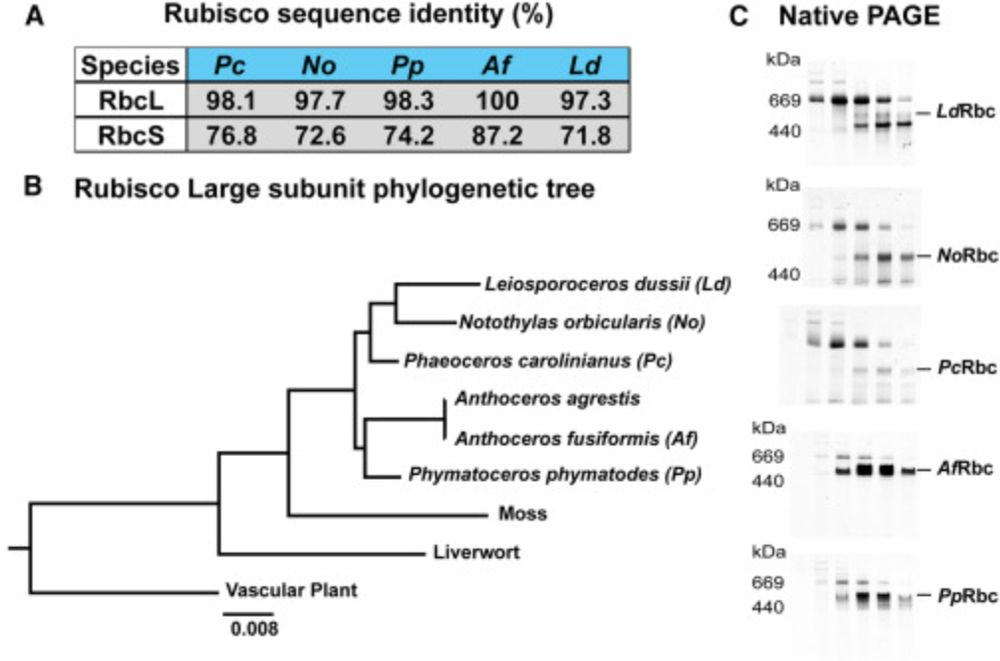

rdcu.be/eJI3A

rdcu.be/eJI3A
In our new paper, we show that catalytic activity can arise without conserved active-site residues — through multimerization and electrostatic features instead.
A striking case of catalysis evolving from binding.
🔗 doi.org/10.1093/molbev/msaf215
#evobio #molbio

In our new paper, we show that catalytic activity can arise without conserved active-site residues — through multimerization and electrostatic features instead.
A striking case of catalysis evolving from binding.
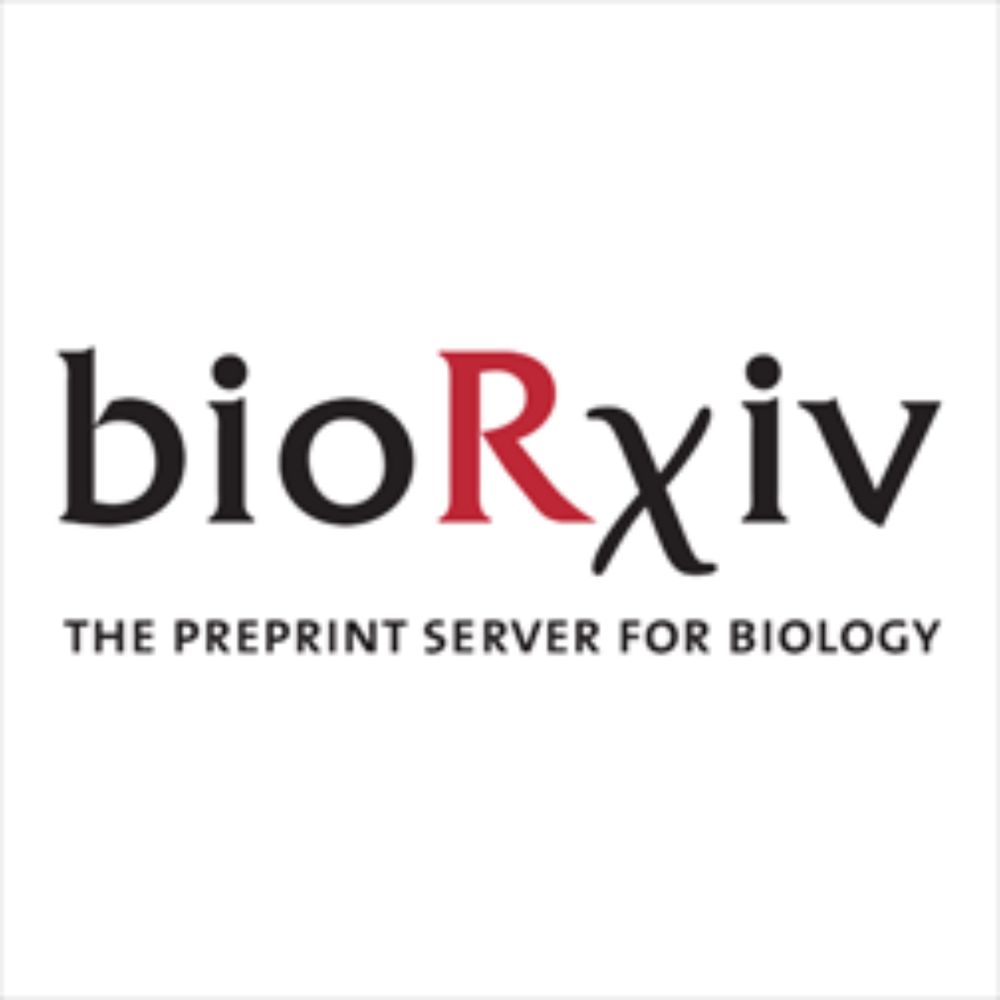
The development of a general coarse-grained protein forcefield to describe folding, binding and conformation changes without solvent and all-atom, has been long anticipated!
I am so proud of my group for this work! Particularly first authors Nick Charron, Klara Bonneau, Aldo Pasos-Trejo, Andrea Guljas.
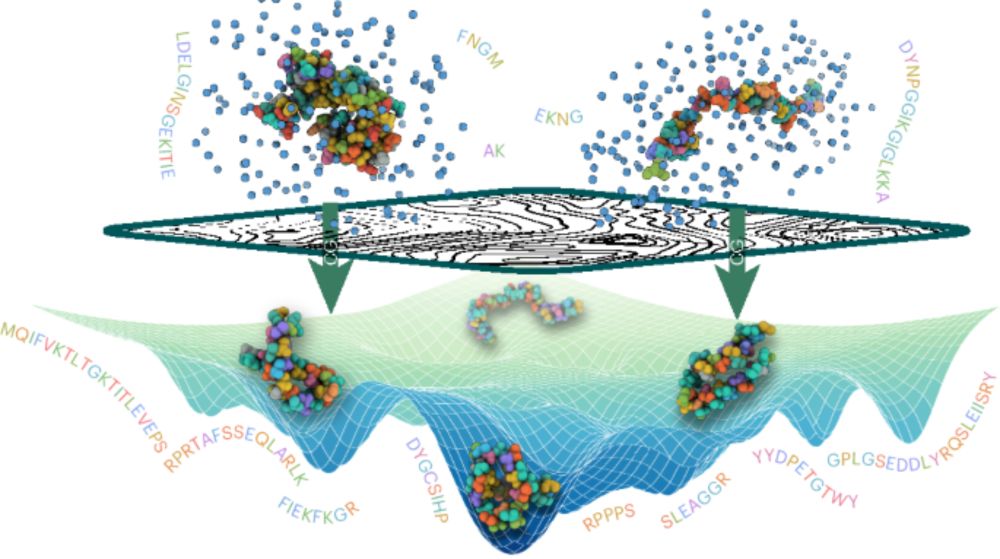
The development of a general coarse-grained protein forcefield to describe folding, binding and conformation changes without solvent and all-atom, has been long anticipated!
www.biorxiv.org/content/10.1...
How do related proteins perform distinct functions despite sharing a similar structure?...

www.biorxiv.org/content/10.1...
How do related proteins perform distinct functions despite sharing a similar structure?...
www.nature.com/articles/s41...

www.nature.com/articles/s41...
#PlantScience
onlinelibrary.wiley.com/doi/10.1111/...

#PlantScience
onlinelibrary.wiley.com/doi/10.1111/...
@hkws.bsky.social and I are thrilled to share the first big, experimental datasets on protein dynamics and our new model: Dyna-1!
🧵
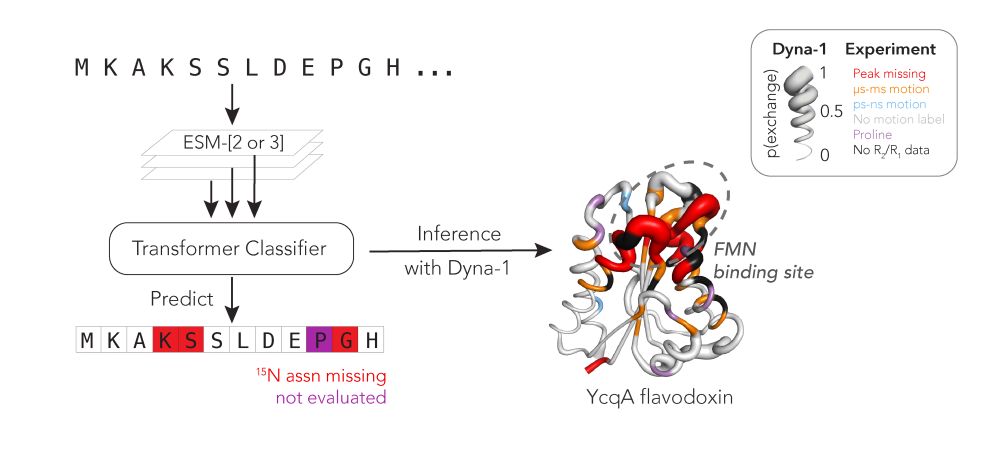
@hkws.bsky.social and I are thrilled to share the first big, experimental datasets on protein dynamics and our new model: Dyna-1!
🧵
pdb101.rcsb.org/sci-art/bezs...
@rcsbpdb.bsky.social
@pdbeurope.bsky.social
#sciart
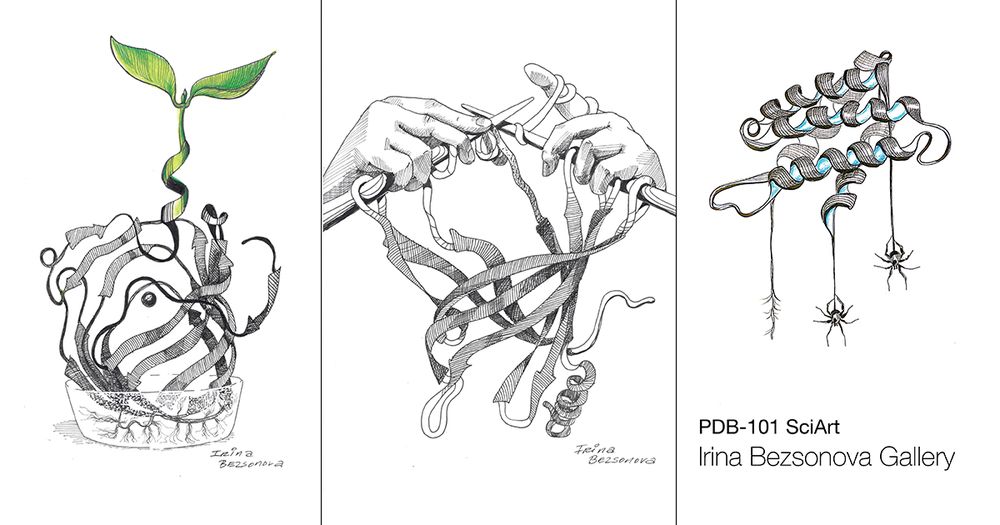
pdb101.rcsb.org/sci-art/bezs...
@rcsbpdb.bsky.social
@pdbeurope.bsky.social
#sciart
#1 www.nature.com/articles/s41...
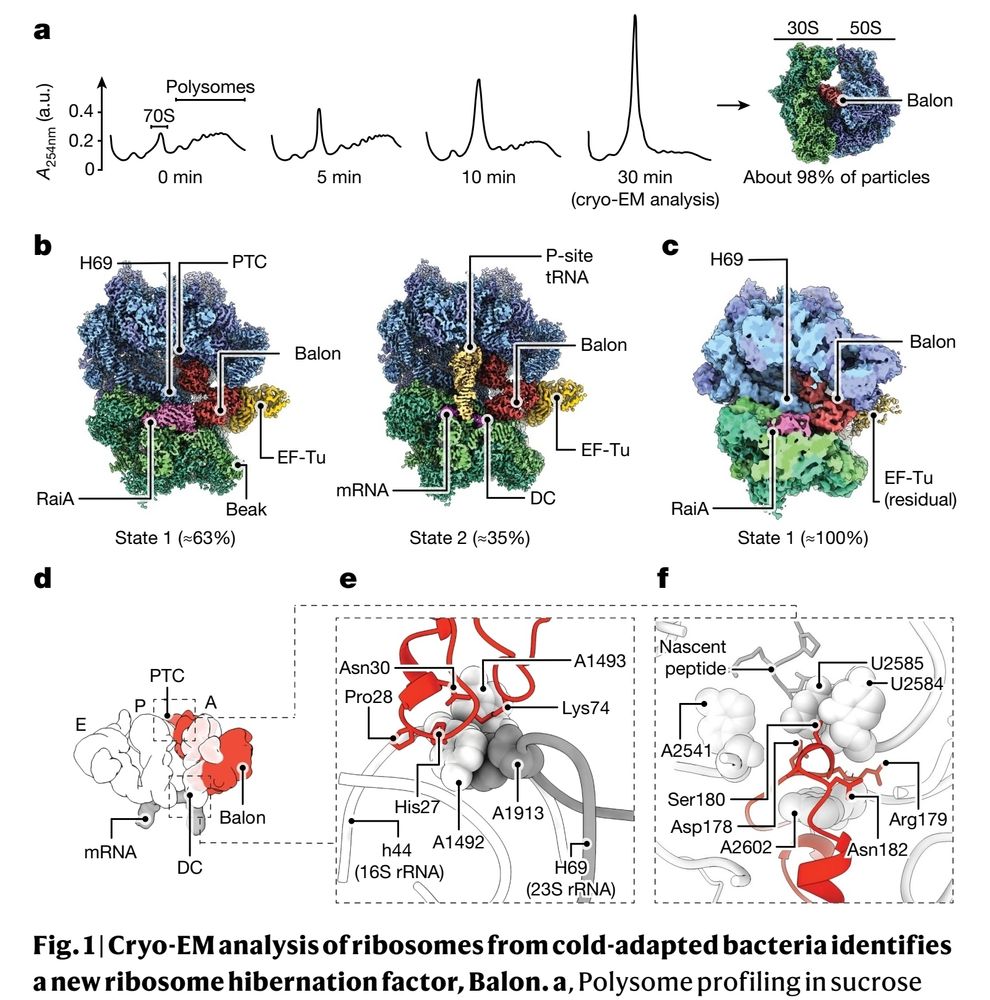
#1 www.nature.com/articles/s41...

www.nature.com/articles/s41...

www.nature.com/articles/s41...
a) what catalytic tradeoff?
b) almost double the kcat by removing a chaperone
www.cell.com/molecular-pl...
Strong publication for Zhen Guo (Zen) Oh!
